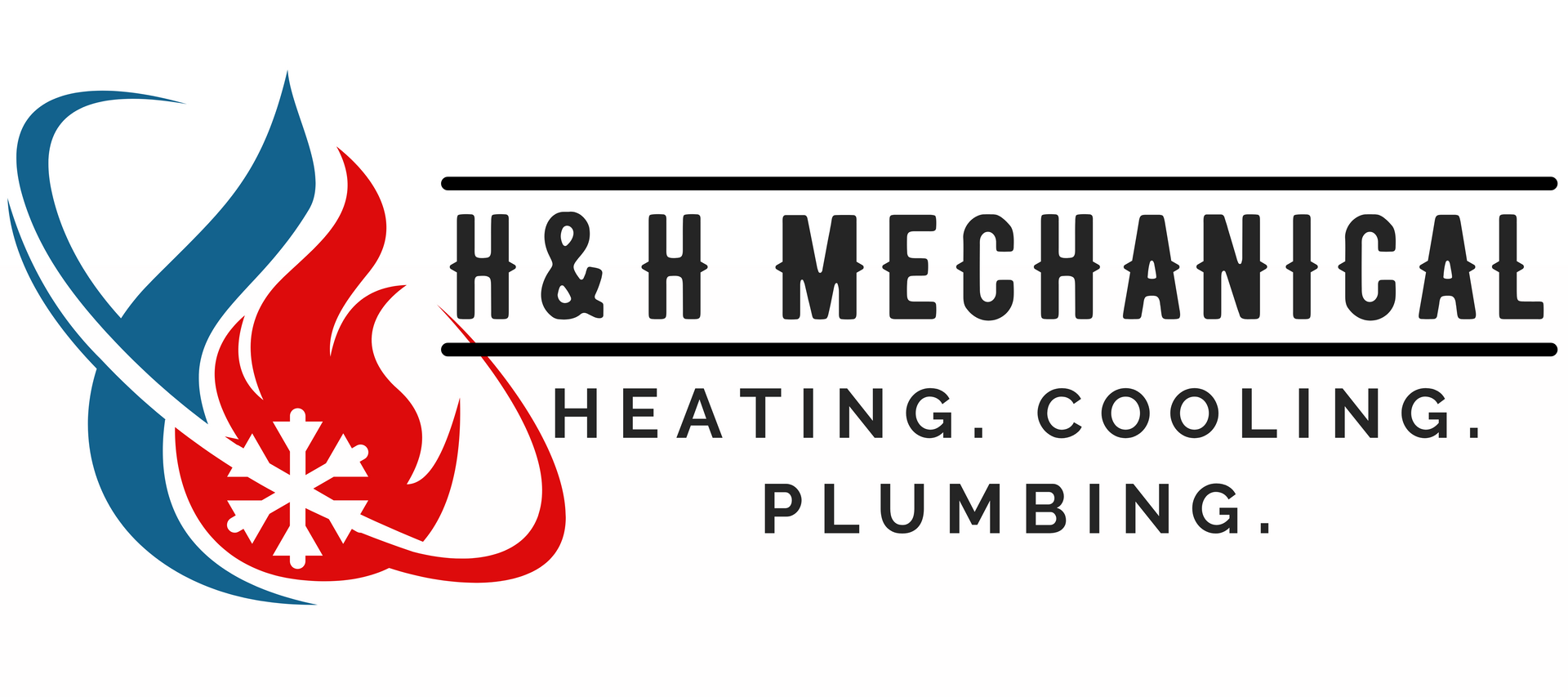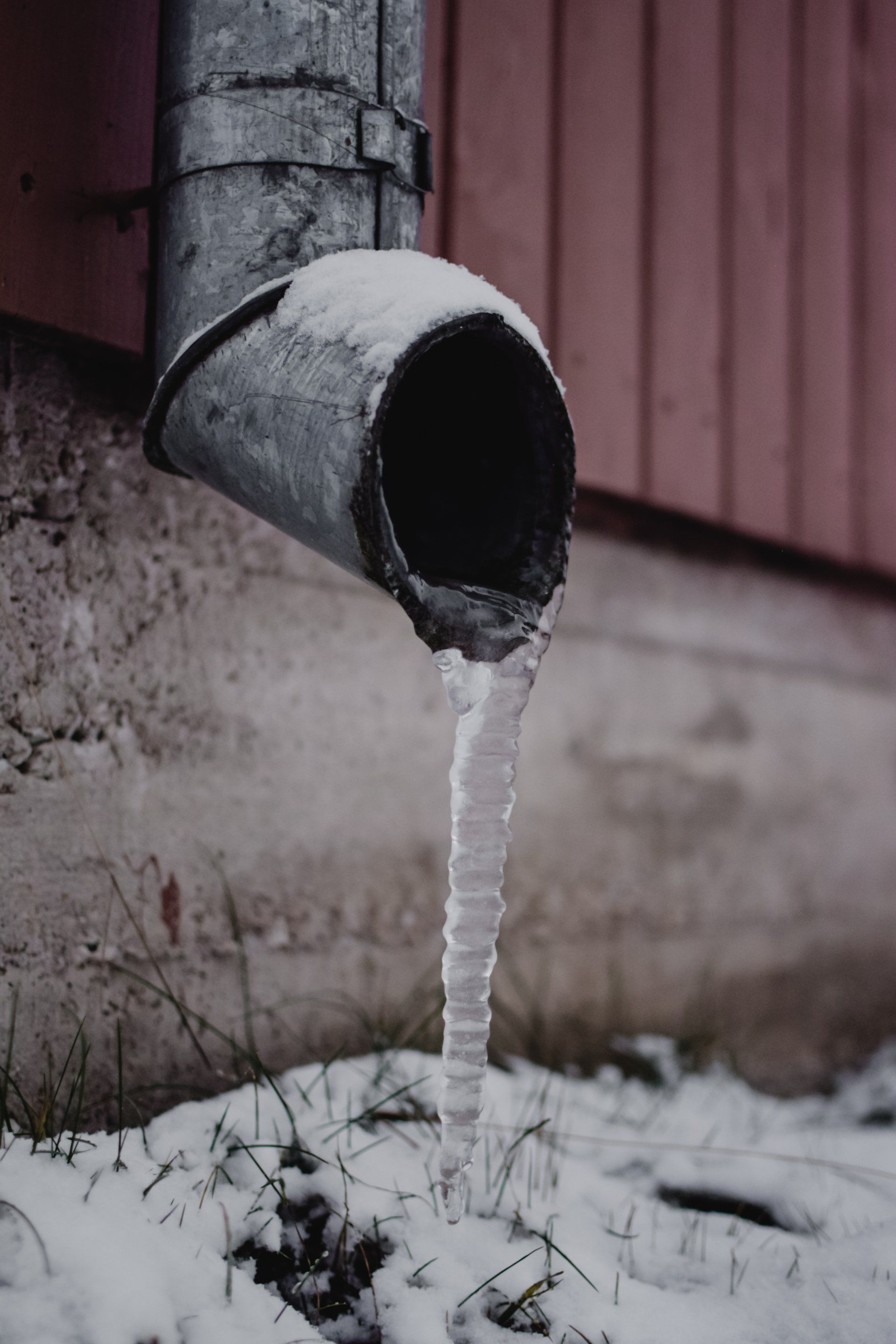Understanding the EPA's Recent Changes to Refrigerants in HVAC Systems
The U.S. Environmental Protection Agency (EPA) has been at the forefront of enacting policies to reduce environmental impact and combat climate change. A significant area of focus has been on the heating, ventilation, and air conditioning (HVAC) industry, specifically concerning the refrigerants used in these systems. In recent years, the EPA has introduced changes to refrigerant regulations, aimed at phasing out substances with high global warming potential (GWP) and promoting the adoption of more eco-friendly alternatives.
The Shift from HFCs
Historically, hydrofluorocarbons (HFCs) have been the primary refrigerants used in HVAC systems. These substances, though effective in their role, have a high GWP, making them potent contributors to global warming when leaked into the atmosphere. Recognizing the environmental impact, the EPA has initiated policies to phase down the production and importation of HFCs significantly.
Adoption of Eco-Friendly Alternatives
The push away from HFCs has led to the exploration and adoption of alternative refrigerants with lower GWP. These include hydrofluoroolefins (HFOs), natural refrigerants like ammonia, carbon dioxide, and hydrocarbons such as propane and isobutane. The EPA's Significant New Alternatives Policy (SNAP) program evaluates and approves these alternatives, ensuring they offer lower environmental risks while maintaining effectiveness in HVAC applications.
New Regulations and Compliance
The American Innovation and Manufacturing (AIM) Act of 2020 represents a landmark in the U.S.'s commitment to environmental protection in the HVAC sector. Under the AIM Act, the EPA has the authority to manage the phase-down of HFC production and use, aiming for an 85% reduction over the next 15 years. The agency has outlined specific regulations, including quotas for HFC production and consumption, as well as requirements for recovery, recycling, and reclamation practices.
For HVAC professionals and manufacturers, these changes necessitate adaptation. Compliance with the new rules requires a shift in the types of refrigerants used and may involve modifications to equipment design and maintenance practices. The EPA provides resources and guidance to assist with this transition, ensuring stakeholders are informed and prepared for the changes.
The Impact on Industry and Environment
The move towards eco-friendly refrigerants in the HVAC industry is expected to have a significant positive impact on the environment. By reducing reliance on high-GWP refrigerants, the initiative aims to decrease greenhouse gas emissions substantially, contributing to global efforts against climate change. For the industry, while there are upfront costs associated with transitioning to new refrigerants and technologies, the long-term benefits include not only environmental sustainability but also potential savings from more efficient systems.
Conclusion
The EPA's changes to refrigerants in the HVAC industry mark a crucial step towards a more sustainable and eco-friendly future. Ensuring compliance with the new regulations requires effort and adaptation from all stakeholders. However, the long-term environmental benefits, along with the drive towards innovation and efficiency, highlight the importance and necessity of these changes. As the industry navigates these changes, ongoing education and collaboration will be key to achieving a successful transition.






